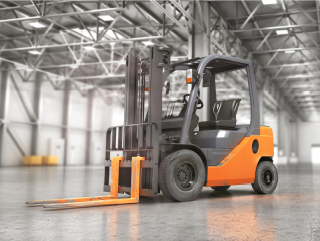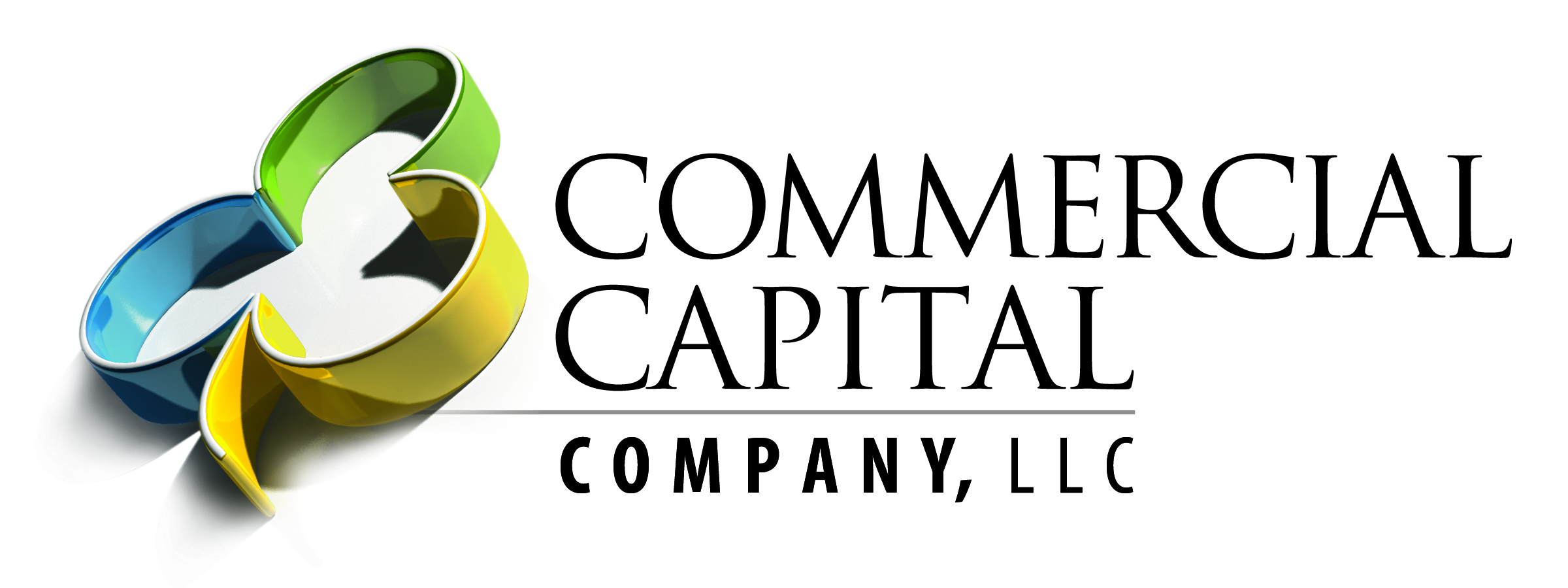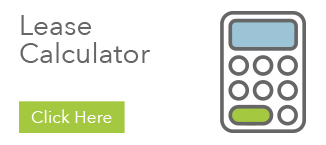What’s Up With What’s Going Down?
***Update on 09/21/2022***
This just in …
The economy changes as fast as the weather.
0.75% Is The New 0.25%
In an attempt to curb persistently high inflation, the Federal Reserve announced a third consecutive interest hike of 0.75% Wednesday, September 20, 2022. This is the fifth straight increase to the federal funds rate which places it in the range of 3% to 3.25%, the highest it’s been since 2008. Typically, rate increases come in 0.25% increments, but the Fed has been using larger hikes to curb the rate of inflation. By increasing its key interest rate, the central bank hopes to reduce inflation for the prices for goods and services. Fed officials signaled the intention of continuing to hike until the funds level hits a “terminal rate,” or end point, of 4.6% in 2023. That implies a quarter-point rate rise next year but no decreases. As core inflation excluding food and energy is expected to decline to 4.5% this year, government economic projections sees inflation falling back to the Fed’s 2% goal by 2025.
Key Points
- GDP growth will return to positive territory following declines in Q1 and Q2 of 2022.
- Inflation is decelerating. Currently, inflation is exceeding the Fed’s 2% target. The medium-term outlook is uncertain even as inflation is expected to continue decelerating.
- Better than expected job growth continues throughout 2022. The July unemployment rate was 3.5%.
On The Cusp Of Recession?
Strong job growth and a low unemployment rate are inconsistent with recessionary conditions. Gross domestic product (GDP) data suggests that the U.S. economy was either in or on the cusp of a recession for the first half of 2022. The Federal Open Market Committee (FOMC) hints it will continue to raise its federal funds rate target and reduce the size of its balance sheet, despite negative real GDP growth.
 3.3 million jobs were added by nonfarm payrolls, nearly 471,000 per month. The strong job growth continues to keep the unemployment rate low as it returned to its pre-pandemic level of 3.5% in July which is its lowest rate since December 1969. The Beige Book suggests many firms remain short-staffed. The need for labor has impeded production and sales. Some companies have raised wages and benefits to attract new workers and keep existing ones.
3.3 million jobs were added by nonfarm payrolls, nearly 471,000 per month. The strong job growth continues to keep the unemployment rate low as it returned to its pre-pandemic level of 3.5% in July which is its lowest rate since December 1969. The Beige Book suggests many firms remain short-staffed. The need for labor has impeded production and sales. Some companies have raised wages and benefits to attract new workers and keep existing ones.
Home sales are on ice now that mortgage rates have started to ascend. The housing sector continued to weaken and equity prices declined sharply through late August.
There’s uncertainty caused by recent decelerating inflation as we continue through the second half of the year. Many private forecasters predict that real GDP growth will return to positive territory and the inflation rate will continue to decelerate. The key component of declining inflation will be reduced supply-chain pressures.
Supply-Chains Continue To Evolve
From a goods-economy standpoint, less consumer demand and increased production suggest that inventories are being built again. Manufactures are looking for new ways to scale production, reevaluating suppliers, seeking alternative sources of labor, and focusing more on the human element of the decisions they make. Inventories are still below average in the US, but perhaps things are beginning to turn. Equipment price increases should adjust to more modest levels. Decelerating inflation would restore purchasing power for small businesses looking to acquire new and used equipment.
Going Down
The declines in U.S. real GDP surprised many economists. Q1 declined at an annual rate of 1.6% and Q2 by 2022 by 0.6%. Normally, two consecutive quarterly declines in real GDP signal the U.S. economy is heading into a recession, but these are not normal times. The conflict in Ukraine is ongoing and tensions in East Asia are rising. Disruptions to key commodities and supply chains are also factors to consider. Let’s not forget COVID-19 remains a disruptive force in some parts of the world and continues to threaten growth prospects.
Despite two consecutive declines in quarterly gross domestic product in the first half of 2022, business conditions appear impressively resilient just over the horizon. It’s been a long time since two consecutive quarters of negative real GDP growth was not associated with a recession. That was back in the second and third quarters of 1947.
How Low Can It Go?
US Congress recently passed the energy and healthcare bill called the Inflation Reduction Act, but it would likely take one to two years to have an impact on the overall economy.
To get inflation under control, the Federal Reserve has been raising interest rates since March to cool consumer demand. US inflation decelerated more than expected this summer which may take some pressure off the Fed to continue aggressively hiking interest rates.
As gas and many commodities prices continue to modestly fall, the cost of living is still uncomfortably high which forces many to load up on credit cards and tap savings. The diminishing cost of fuel, consumer goods and groceries is going to have a meaningful impact on small businesses, consumers and their spending patterns.
Oil prices are often subject to significant price swings as the balance between supply and demand shifts. The national average for a gallon of regular gasoline in August 2022 was $3.91 according to AAA. That’s a solid decline from the $5.01 we were paying in June.
 The average price of a domestic airline ticket has dropped to $295 in August from $332 in July, according to travel site Hopper which is back in-line with the average price for a domestic ticket in the same month in 2019.
The average price of a domestic airline ticket has dropped to $295 in August from $332 in July, according to travel site Hopper which is back in-line with the average price for a domestic ticket in the same month in 2019.
Gas prices may continue to fall in the future, possibly below $3 a gallon, because fuel prices tend to be more volatile. Business equipment, used car and furniture prices, which spiked during the pandemic, could also become cheaper as supply chains untangle and demand fades.
Costs for services, conversely, usually get more expensive over time and are slower to change in price. Things like rent, meals at restaurants, and medical care will likely continue to get costlier, although at a more moderate pace. So, don’t count on significant price declines on services because businesses are paying more for labor now and workers usually don’t experience pay cuts. When labor costs rise, companies pass those increases on to consumers. Even if the U.S. dips into a recession in the coming months, expect it to be a relatively shallow downturn, since many aspects of the labor market remain strong.
“If wages keep growing quickly and price growth slows, people would be more able to afford things than they were before all of this,” says Jason Furman, an economic professor at Harvard University.
Recent price declines may not yet suggest a favorable trend. Even though inflation continues downward, the current inflation rate of 7.87% is the highest since 1982. Core inflation, not including food and energy prices, is 6.4%. This far exceeds the Federal Reserve’s 2% target rate. Consumers should expect to be living in a world with elevated inflation for the next year and a half to two years. This may ultimately signal the U.S. economy is slowing down.
“Will prices go back to where they were in a pre-pandemic sense? Probably not,” said Michael Gapen, the head of US economics at Bank of America. “But is there room for some prices to fall fairly dramatically in the direction of where they were in the pre-pandemic era? I think the answer to that is yes.”
Fed officials have said they want to see months of evidence that prices are cooling, especially in the core gauge. The Federal Reserve wants the economy to slow down but will try not to tip the U.S. into a recession which would lead to job losses.
Conserving Capital
Acquiring the equipment necessary to compete in the opportunities of economic recovery is a primary focus for companies seeking growth. Businesses will need to be agile to take advantage of the recovery. Equipment leasing helps small businesses preserve capital by spreading payments over time and utilizing fixed rate financing as a hedge against rising inflation.
It’s important to mitigate the risks while also reaping the rewards as the economy recovers. At Commercial Capital Company, we have been able to turn uncertainty into opportunity by listening to our clients and providing them with financing solutions that help their small businesses grow.
We’re a Veteran Owned Business.
We proudly support our nation’s veterans. Find us on Veteran Quote.
Contact Us
13910 W 96th Terrace
Lenexa, KS 66215
Toll Free: (800) 878-8053
Direct: (913) 341-0053
E-mail: sales@ccckc.com



